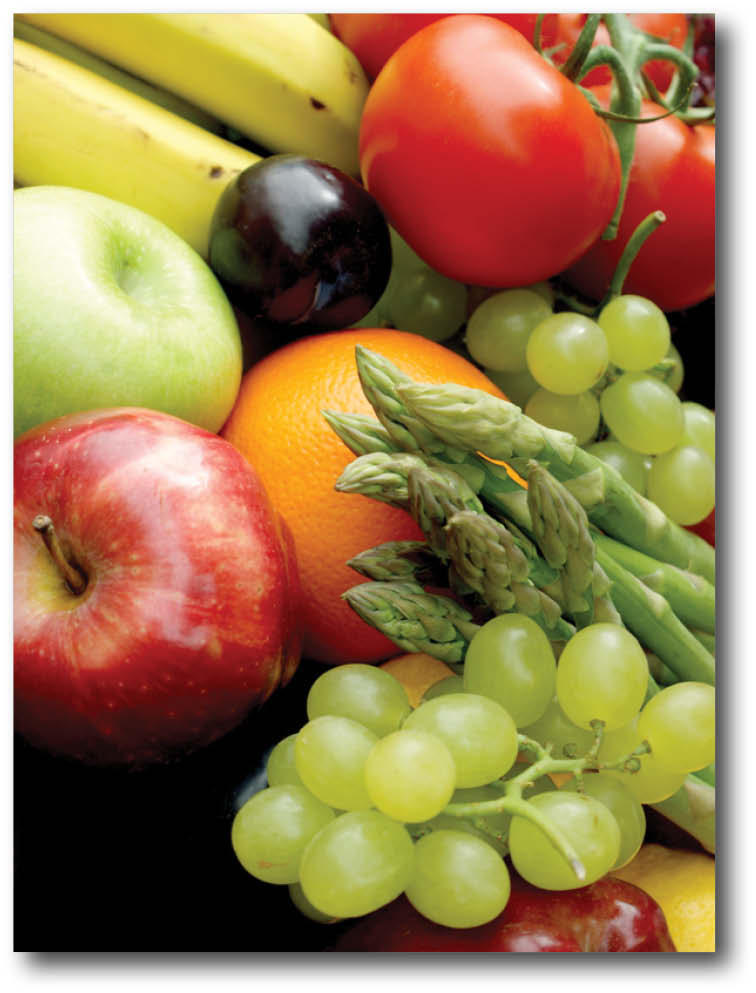By Dr. Michael Miles
Special to the Crier
The quick answer is “industrialization.” Food has become an industry in this country. It is a commodity to be capitalized on.
Food is what we live on. It provides the fuel we need to run on. It provides the raw materials to allow us to grow and repair broken parts. It provides substances that help us fight off infections and diseases. Food IS essential for life.
So, what went wrong? If we analyze the food that is commonly available to us we may find that it falls way short of our expectations and needs.
Our developing planet had settled into a harmonious existence with balanced needs and provisions. Unfortunately, humankind’s influence on the earth is so dramatic that this balance is being strained. In an effort to provide “quantities” of food, quality has suffered.
If we were to compare the “dictionary definition” of a food (let’s say an apple) with the reality of what we find on our plates, we might be shocked with the disparities – whether that be a depletion of its intended nutrients or the inclusion of harmful substances.
How does this happen? We start from the beginning. Where do the seeds come from? Are they healthy seeds? Have they been exposed to harsh environments while they awaited planting? Have they been genetically modified?
The seeds must then be grown in some sort of medium. Has the soil been overused? Has it only been used to grow one type of crop that has depleted certain nutrients necessary to support the growth of the new crop? What is the source of the chemicals used on the soil to fortify it to grow new crops?
Now consider the growing conditions. Where does the water come from? Is it contaminated? Have its essential minerals been depleted? Is the air polluted|? Are the crops being treated with pesticides? Are they being treated with growth stimulants? Are they being allowed to ripen naturally?
Once the food is harvested we must consider whether it was picked before it ripened in order to take advantage of quicker, though less delicate harvesting machineries. Was the food stored for a long period of time? Was it treated with preservatives? Was it artificially ripened or sprayed with coloring to look ripe? These concerns carry on into the grocery store.
Finally…the food is home. Now, how will it be prepared for consumption? Every food has an abundance of nutrients, enzymes, vitamins and minerals. The environment influences how stable these ingredients are. They are all denatured by light and air and most prominently by heat. The first ingredients to go are the vitamins which act as keys to turn on the processes that convert the nutrients into useable substances for our bodies. Next to go would be the enzymes that perform the processes. Finally, the fiber that packages all the ingredients and releases them into our systems in measured doses and provides a scrubbing action for a healthy colon will succumb to heat and lose its structure.
As we can see, there are many pitfalls for food on its way to the dining table. And, even though we are resilient creatures, it’s good to be aware of what we are doing. After all, “We are what we eat.”


